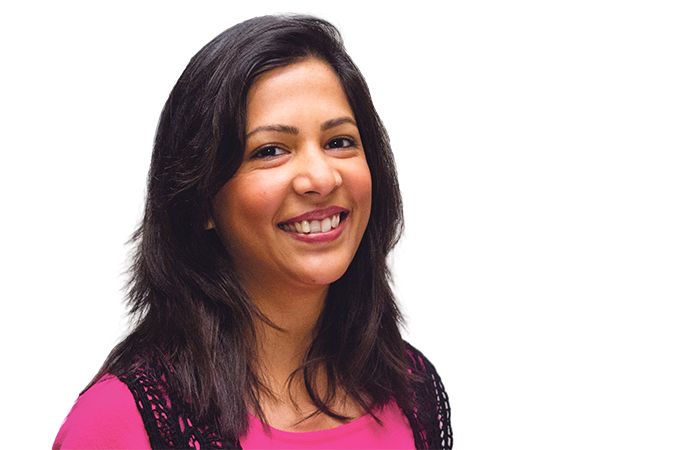Over the past year, I’ve been following with interest the national debate on introducing English in grade one at Danish schools. On the face of it, it seems like the practical thing to do. If Danes want to succeed beyond Denmark, and if Denmark wants to be competitive globally, it will have to embrace English more than it is currently. An early introduction in the education system will mean that children in Denmark are exposed to the language sooner. Why is early exposure so important? Because children acquire, (not ‘learn’ as adults do) and become efficient in, languages best before the age of seven.
On the face of it, it seems to me that increasing the focus on English is the practical thing for Danes to do. That is until I’m confronted by my personal, emotive take on my experience with my mother tongue. For those of you curious to know, my mother tongue is Malayalam – since my parents come from the southern state of Kerala in India. I’m proficient in Hindi (India’s official language), but I think, read and write best in English (the secondary official language). India has 22 officially recognised regional languages; like me, a large majority of Indians can communicate comfortably in at least two languages. The challenge in my case is the entry of a third language into my four-year-old daughter’s life.
When we arrived in Denmark nearly two years ago, my daughter spoke fluently in my mother tongue. She then went to a Danish børnehave and I envied and marvelled at her ability to acquire Danish so easily. All was well for a year – she spoke Danish at the børnehave and Malayalam at home, with a few words of English thrown in every now and then. The challenge began when she started going to an international preschool last August. Within three months of starting there, she switched to speaking English 75 percent of the time. She uses her Danish discerningly for conversations with her Danish classmates and while watching Danish cartoons on television. In this new subdivision, her mother tongue has been relegated to the back with commonly used everyday words being forgotten. It seems like she can only handle two languages at a time, and since she is aware that her parents know English, she uses it in her conversations with us.
It saddens me that she is losing touch with her mother tongue. I want it to be a part of her cultural identity; I want her to be able to speak it as an adult. I want her to communicate with her grandparents in her mother tongue. So, in a sense, I can understand the discomfort Danes feel with the increased focus on English and their reluctance to embrace it. Our connection to our native language is governed by passion and emotion. That explains why people who speak multiple languages instinctively speak in their mother tongue when they are upset, angry or very happy. In this case, there is a fear of Danish being relegated to second place and worry over losing an important part of their identity.
While I persist in my efforts to encourage my daughter’s use of her mother tongue, I’m also going to let nature take its own course. I’ll wait for her to indicate when she is ready and able to handle a third language. It might take a while and it might take continued effort, but I remain optimistic. I also believe that the language she communicates in has no bearing on her nature. She will be the same lovable, mischievous and perceptive child that she is now.
I’d apply the same analogy to Danes. Will their love for hygge ever wane? Will they stop being unapologetically direct and pull on a cloak of superficiality? Can they stop being, paradoxically, both liberal and rule followers? Despite the larger presence of English in their lives, it’s hard to imagine the language changing the Danes.
Language can be an enabler, helping us to connect with others. But is it a threat to our distinctiveness; can it completely alter our core identity? I don’t have a clear answer to that one yet.















